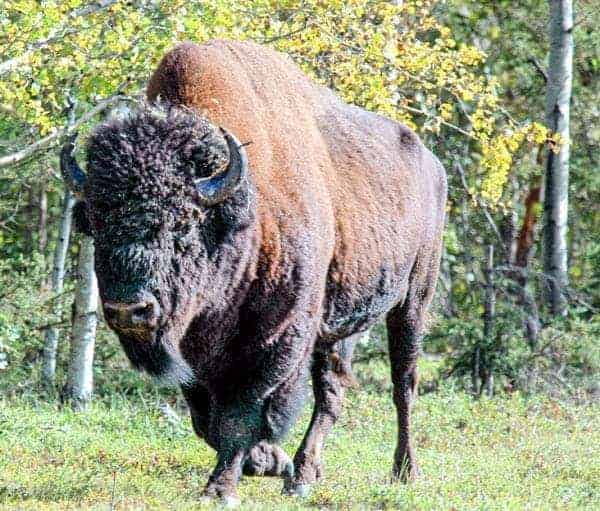Anthrax hasn’t been a problem for bison in Wood Buffalo National Park this year, according to the park’s conservation manager.
Rhona Kindopp says it’s important to note the risk to humans of naturally-occurring anthrax throughout soils in western and Northern Canada is “extremely low.”

There are currently close to 3,000 bison living in Wood Buffalo National Park.
“Under certain environmental conditions, anthrax spores may concentrate near the surface and can be contracted by bison wallowing in the dust and then inhaling the large amount of spores that are released into the air,” wrote Kindopp in response to News/North’s request for an update on any anthrax issues in Wood Buffalo.
“These environmental conditions are usually exceptionally heavy rains followed by a period of high heat.”
Two years ago, 55 bison died in the park after such conditions brought anthrax spores into the air in remote sections of the park. In that outbreak, the carcasses were all found on the Alberta side of the park and most were left to naturally decompose in the remote areas where they were found.
There have been even bigger outbreaks in other areas of the NWT, such as one that killed 340 bison in the Fort Providence area in 2012.
Kindopp says this is the right time of year for any bison-watchers to take a drive down the Wood Buffalo Parkway to see some of the roughly 3,000 free-roaming bison that live in Wood Buffalo National Park.
“Anyone travelling along the Wood Buffalo Parkway will see herds of bison with their cinnamon-coloured young,” wrote Kindopp. “We urge drivers to watch for bison on the road and enjoy the sight of these beautiful animals from their vehicles.”